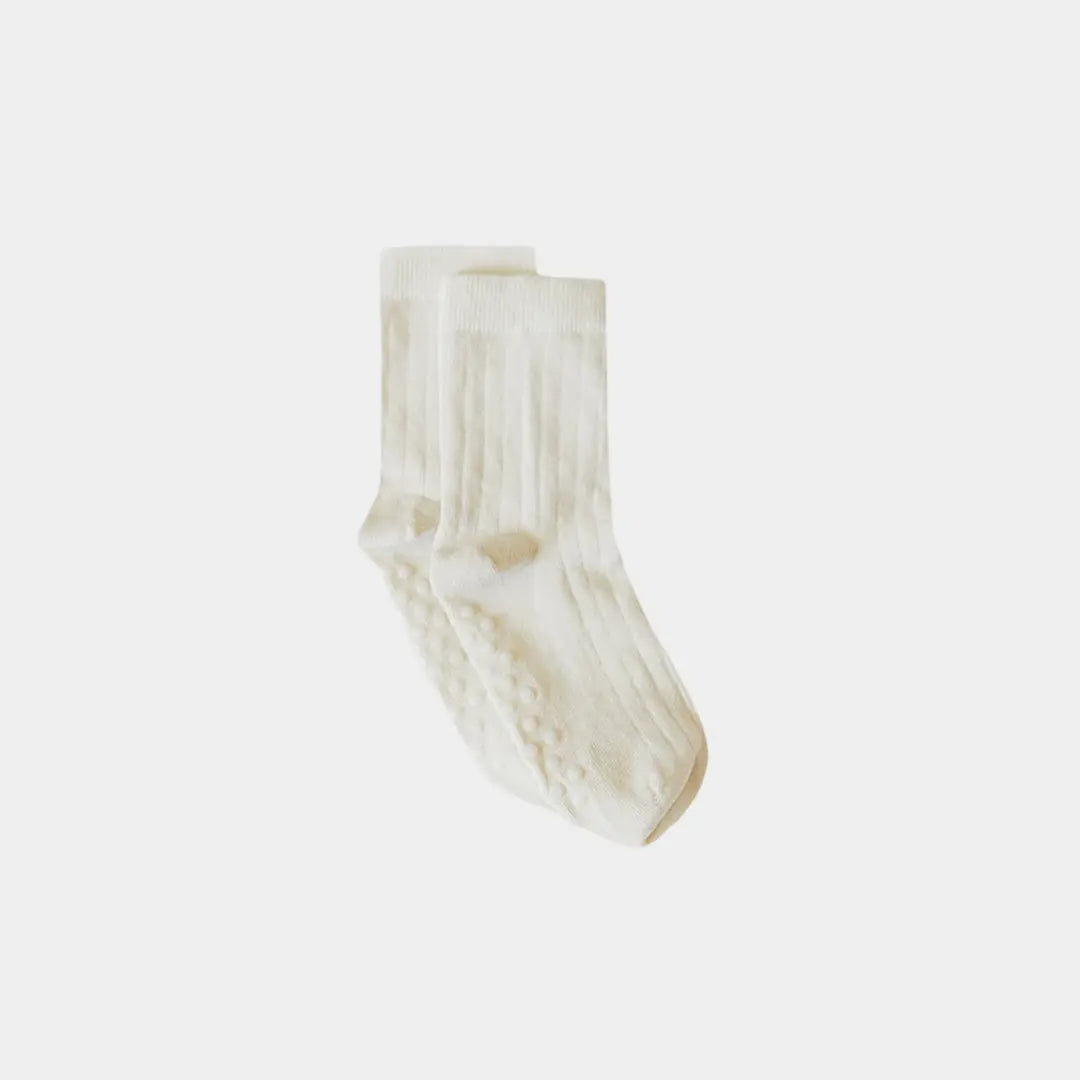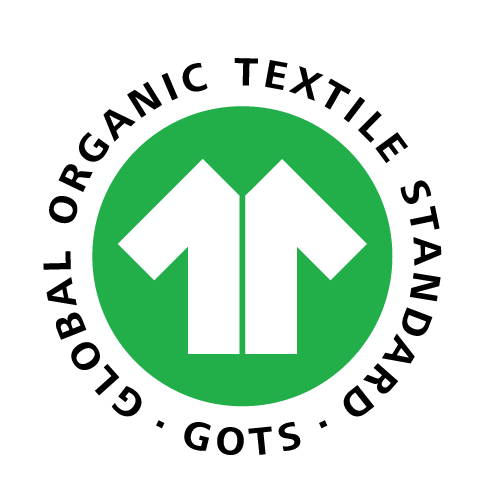
Natural Dyes in Textiles: Beauty, Benefits, and Challenges
Natural plant-based dyes have been used for centuries to create beautiful, earthy tones in textiles. Today, as consumers become more conscious of sustainability and skin safety, these dyes are making a strong comeback. Derived from renewable resources like flowers, leaves, roots, and bark, plant-based dyes offer a compelling alternative to synthetic dyes, which can be harsh on both the skin and the environment. However, the journey from plant to fabric is not without its challenges.
The Advantages of Plant-Based Dyes
- Skin-Friendly and Non-Toxic
Natural dyes are free from the harmful chemicals often found in conventional synthetic dyes, such as azo compounds and heavy metals. This makes them an excellent choice for individuals with sensitive skin, allergies, or those looking for chemical-free alternatives. Madder root, for example, produces a range of soft pinks to deep reds without the need for synthetic additives, offering a naturally safe solution for textiles that come into direct contact with the skin. - Environmentally Sustainable
Plant-based dyes have a lower environmental impact than synthetic dyes, which are known to contribute to water pollution and chemical waste. Because they are biodegradable and derived from renewable sources, natural dyes help reduce the ecological footprint of the textile industry. Additionally, many of these plants can be cultivated without the use of synthetic fertilizers or pesticides, supporting more sustainable agricultural practices. - Many have anti-microbial properties
Studies have shown that many of the plants used for dye extraction are classified as medicinal, and some of these have recently been shown to possess remarkable antimicrobial activity. Punica granatum and many other common natural dyes are reported as potent antimicrobial agents owing to the presence of a large amount of tannins.
To prevent UTIs or yeast infections, it’s essential to choose underwear with natural antimicrobial properties. To learn more, explore our blog pages, The Best Underwear for Yeast Infections and The Best Underwear to Prevent UTIs, for expert recommendations on staying comfortable and healthy. - Unique, Organic Color Palette
Unlike synthetic dyes, which produce uniform shades, plant-based dyes result in rich, nuanced colors with subtle variations. Madder, for instance, can create a spectrum of hues from light pink to dark rose, adding a natural, handcrafted quality to textiles. These slight color differences make each piece distinctive and appealing to consumers who value individuality and artisanal craftsmanship.
Managing Expectations: The Nature of Natural Colors
One of the most captivating aspects of plant-based dyes is their ability to create rich, organic hues that evolve with nature. However, this comes with a trade-off: natural dye colors can vary significantly from batch to batch due to environmental factors. Unlike synthetic dyes, which are engineered for consistency, plant-based dyes are influenced by the natural world, meaning no two batches are exactly alike.
Factors That Influence Color Variability:
- Seasonal Changes
The time of year when plants are harvested plays a crucial role in the intensity and shade of the dye. For example, madder roots harvested in the summer may produce a softer pink, while roots collected in cooler months might yield a deeper, richer hue. - Water Source and Quality
Water used in the dyeing process can also impact the final color. Minerals and pH levels in local water sources can alter how dyes bind to the fabric, leading to subtle or even significant differences in shade. This is especially noticeable in plant-based dyes, which are highly sensitive to their environment. - Soil and Climate Conditions
Soil composition, rainfall, and temperature can all influence the potency of the dye plants. Variations in these factors can result in color differences from one growing season to the next, adding to the uniqueness of each dye batch.
Challenges in the Plant-Based Dye Supply Chain
Despite their benefits, the use of plant-based dyes presents several complexities:
- Sourcing and Ethical Considerations
The cultivation of dye plants often depends on specific climates and traditional farming methods. Ensuring fair labor practices and sustainable farming methods requires careful coordination with local farmers. Ethical sourcing is essential to maintaining the integrity of the supply chain but can add layers of complexity to procurement processes. - Seasonal and Environmental Variability
The quality and intensity of plant-based dyes can vary depending on growing conditions such as soil quality, rainfall, and temperature. These natural fluctuations can affect color consistency, making it challenging to produce uniform batches of fabric. - Labor-Intensive Extraction Process
Extracting dye from plants is a meticulous process involving multiple stages, from harvesting and drying to boiling and fermenting. Each step requires precision and expertise, which can increase production time and costs compared to the more straightforward processes used for synthetic dyes.
The Role of Synthetic Dyes in a Sustainable Future
While we champion plant-based dyes, there are instances when synthetic dyes are necessary to achieve specific colors or meet production demands. In these cases, we are unwavering in our commitment to safety and sustainability by using only GOTS (Global Organic Textile Standard) approved synthetic dyes.
These dyes are:
- Free from Harmful Azo Compounds: Traditional chemical dyes often contain azo dyes linked to skin irritation and environmental toxicity. Our synthetic dyes are completely azo-free.
- Non-Toxic: GOTS-approved dyes are rigorously tested to ensure they contain no heavy metals, formaldehyde, or other harmful toxins.
- Eco-Conscious: These dyes meet stringent environmental standards, reducing their impact on water systems and surrounding ecosystems.
By using only certified synthetic dyes, we ensure that even when nature isn’t an option, safety, and sustainability remain at the forefront of our production process.
Our Collection of Natural & Undyed Products
We are always looking to add to our growing collection of undyed (in the natural colour of cotton) and natural, plant dyed products. You can view our undyed and plant dyed cotton options here and below. Currently available in our two 100% cotton underwear for Women, and our Rose Classic Briefs.























